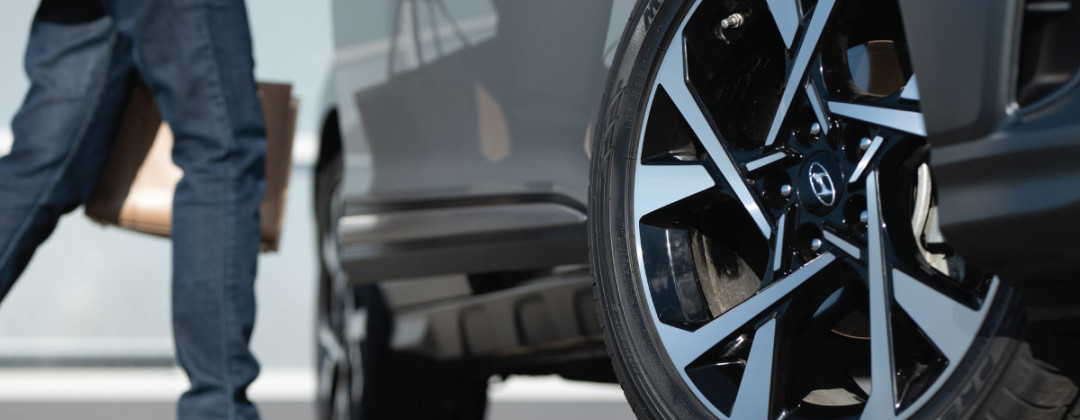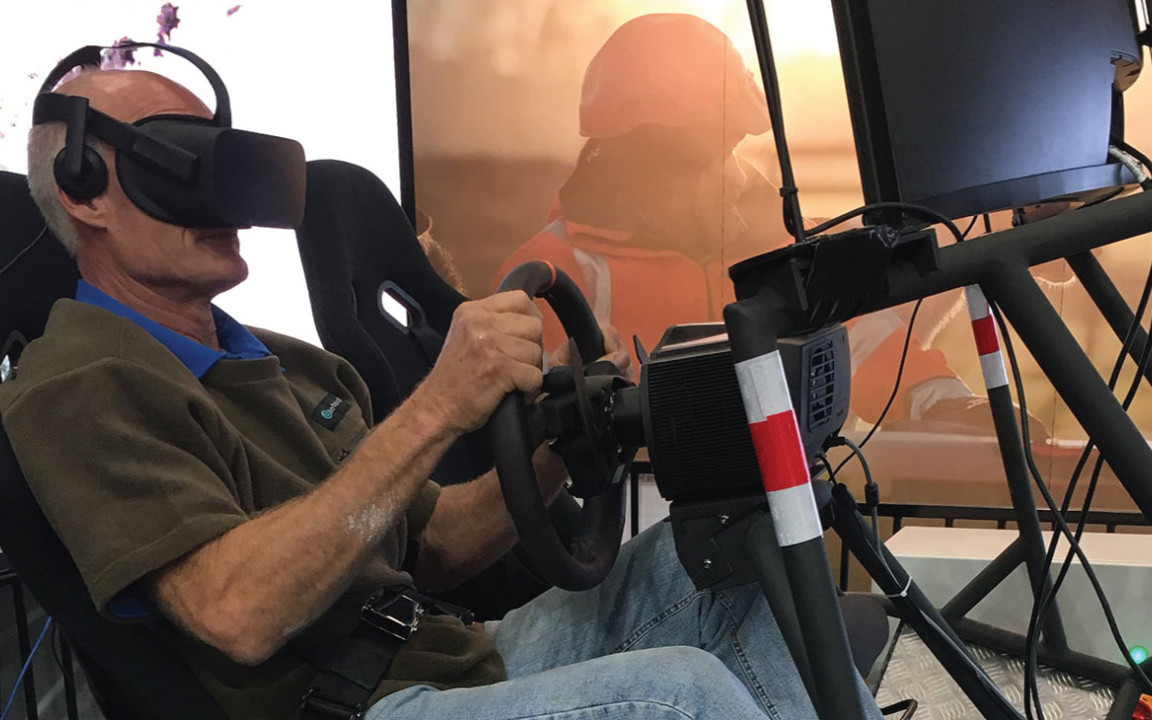Life on the open road beckons for us all. There’s something exhilarating about answering the wanderlust within, choosing a direction on a whim and heading into the great unknown. Experiencing the freedom that comes with life behind the wheel is surely a rite of passage. Sadly though, having a prang also seems to be a rite of passage for a worryingly large number of young Kiwis.
So just how do we keep the young safe without restricting freedoms? Enter a Kiwi farm boy called Rhys, armed with a can-do attitude and some good old fashioned Kiwi ingenuity.
Teaching Car Control to the Kids
Rhys grew up on a farm and like many Kiwi Kids who have a ‘playground’ right outside the front door, there was the opportunity to take to the dirt on two wheels, exploring (read: jumping over stuff) with a motorbike. This progressed into motocross as Rhys discovered he liked to go fast. Really fast.
When University beckoned, the motocross bike was swapped for a downhill mountain bike, and he continued to go fast. Really fast. Then in his early 20s and into his 30s, Rhys moved into a rally car and started racing properly. He says the appeal was because “it was the hardest sport imaginable because of the complexity, mechanical complications and level of team required”. We suspect it was because he wanted to go fast. Really fast.
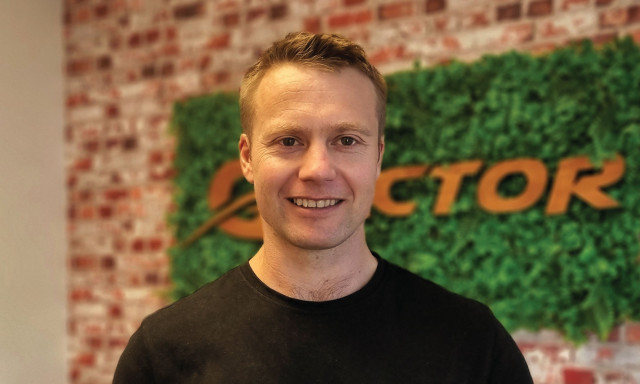
Fast forward a few years and Rhys was back on the farm but had noticed a major difference. The public roads in the immediate area were much busier. It’s fair to make the assumption that as the number of drivers on a road rises, so do the chances of an accident. Rhys was certainly noticing a growing number of younger drivers in the area, many of which were his friends, either having accidents or reporting near misses.
Being a decent bloke and knowing his driving experience might be useful, Rhys started coaching local kids how to control a car on the farm roads. It proved effective at teaching foundational skills. That’s when the brakes were applied by the insurance company. The farm paddocks might be private but there are ditches and power poles. That was enough to spook the insurance firms and Rhys found himself in the slightly ironic situation of having a project that aimed at mitigating driving risks - stopped by an insurance company who judged it too much of a risk to mitigate.
You migth think that a bit shortsighted, especially given the insurance companies must be familiar with the statistics about young drivers crashing. Because they don’t make for great reading.
The Problem Facing Young Drivers
Drivers on a restricted licence are 7 times more likely to be involved in a fatal or serious crash injury than other drivers. The risk of having an accident is also heavily weighted towards the first 6 to 12 months of solo driving. Meaning that early taste of freedom from being behind the wheel can be bitter for some.
The reasons behind the statistics are complicated. Our roads are bad for a start. We don’t have any ‘5 star’ roads in New Zealand, with 95% of them rated at either 2 or 3 stars. This means they’re considered either ‘not very good’ or ‘neither good nor bad’. Travelling on 74% of state highways, places you between a medium and high risk of being involved in an incident. That’s not good.
What else is there? Well, we do allow drivers on the road from a younger age than most other countries. There’s no hard data to suggest this plays a role but you never know. The absence of data doesn’t mean the absence of an issue.
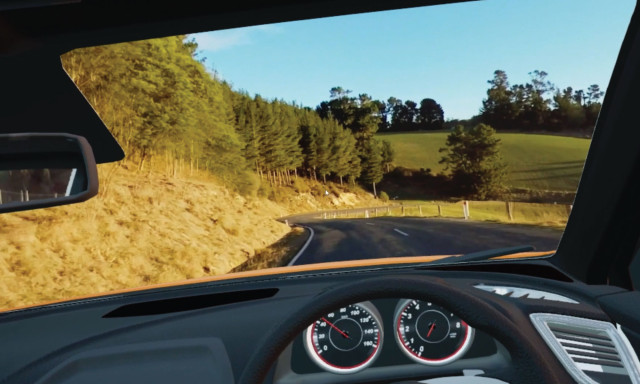
Then there’s the cars themselves. In the United Kingdom, where you can drive from 17 years of age, the legal requirement for insurance acts as a handbrake on young drivers getting behind the wheel of fast cars. You simply won’t get insured on vehicles with an engine much larger than a 1200cc. We have no such handbrake here and it’s not uncommon to see a young driver behind the wheel of a powerful saloon car that would be a handful for an experienced driver of more advanced years.
Much of this is beyond our control. For example, we can’t fix the roads. That takes a concerted effort at regional and national levels. Plus a whole heap of funding. So if we can’t fix the driving environment then maybe we can do something for the drivers themselves?
Rhys thinks so and we agree. And thankfully, the issues with insurance wasn’t got to stop him and Rhys had a few manoeuvres up his sleeve.
CoDriVR - A Virtually Perfect Way to Teach Driving Skills
The answer around the lack of insurance was to take drivers to…virtually anywhere in the world. Or rather, take them anywhere in the world virtually. “We had already started using games to experiment with virtual training. Mostly around pace notes and things like that. So we looked at full on simulators out of Europe but they were all big and clunky, and not very realistic either. Plus the cost was horrific” says Rhys.
The estimated cost of developing fully operable ultra realistic VR simulator programme was circa $25million back then. So Rhys decided to apply that remarkable kiwi ingenuity to the problem, beginning with integrating different technologies, somehow managing to bolt together the parts needed.
The result wasn’t a simulator that works. It was a simulator that works and features actual New Zealand roads. This was critical for the commercial early use of the simulator, which saw Go Rentals in Queenstown use it so they could give overseas renters a taste of driving on the Crown Range, before getting behind the wheel for real.
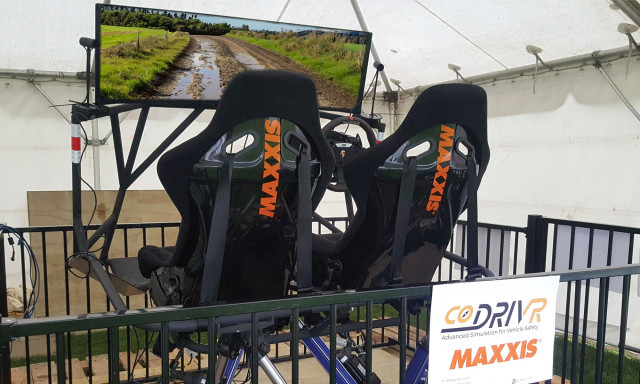
The commercial application was always a secondary goal though. The real goal was to teach youngsters the essential skills needed for driving, which really began in February 2022 when a simulator was first placed in a school. As or April 2023, there are now 11 schools with permanent VR simulators, with seats, pedals, steering wheel and indicators. “Students are able to log onto the machine and can access different training experiences which are structured in terms of difficulty, so they can make their way through the levels and build skill sets in different aspects of driving” says Rhys.
Completing the levels is no easy task either, according to Rhys. “It’s challenging for any driver. Difficulty is increased by changing the gaps between traffic, the speed of vehicles, the nature of intersections and setting up visual barriers. We can even put random things in the scene that make things memorable i.e giant cats as obstacles in one of the levelse”.
The simulator features both head and pupil tracking hardware, so that in the future it can tell if drivers have looked in the mirror or not. It can even monitor heart rate levels to gain insights into stress levels, allowing them to adapt future experiences and set the difficulty levels just right, so the experience remains engaging and the difficulty never becomes off-putting. Or too easy and boring.
Students are able to log onto the machine and can access different training experiences which are structured in terms of difficulty, so they can make their way through the levels and build skill sets in different aspects of driving.
From the start of this year, some schools are figuring out how to integrate the simulator into the careers curriculum for years 9 and up. The hope is to eventually have a simulator in every secondary school in New Zealand. Reaching that objective will rely on funding. Most simulators to date have been funded by a mixture of community groups, local councils and sponsorship from private businesses. It should be money very well spent. Young drivers are between 700 to 900% more likely to have an accident, according to Rhys. Indeed, the total social cost of all motor vehicle crashes in 2019 was estimated at $4.6 billion (this figure covers all injuries recorded by NZ Police, Hospitals and ACC).
One of the reasons the simulators will help reduce the cost of accidents is through improving decision making in young drivers. The programmes get drivers to build an awareness and learn about what dangers to look out for. And when they become over-confident, as is often the case with young drivers, the consequences are played out in a simulator rather than an actual road. It makes for a sticky experience that'll stay with the students. This is especially true for rural students who can gain valuable experience on roads in more built-up areas before encountering them for the first time, for real.
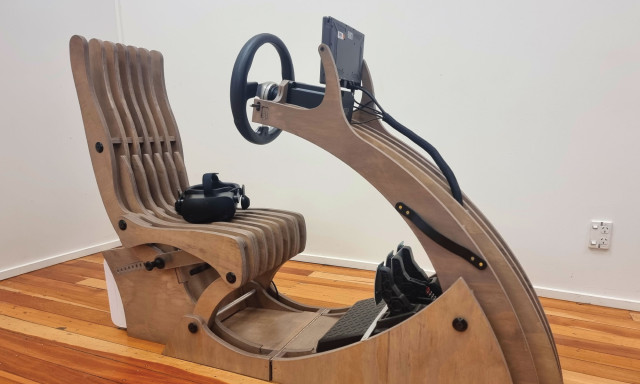
What’s Next?
The simulator experience has many other applications and work has already been undertaken to adapt it for different vehicles. After being given a side-by-side, Rhys and his team put it on a robotics platform and connected software to make the vehicle move to match the environment the driver is seeing. It’s an immersive experience, and de-risks the learning process for farm workers.
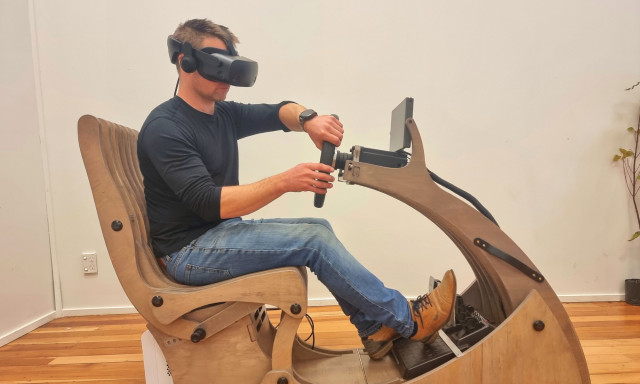
There are also plans to design and build class 2 trucking experiences. With New Zealand short on around 3000 drivers, and many of those on the road now edging very close to retirement, this could help create a much needed pipeline that can help maintain the critical distribution infrastructure NZ needs.
We suspect there are many more uses for the simulators too. From emergency service training for rapid response scenarios, to insurance companies who figure out a student who has passed the simulator course is less of a risk.
If you have an idea for the simulator use or want to find out more, please visit the GFactor website.
